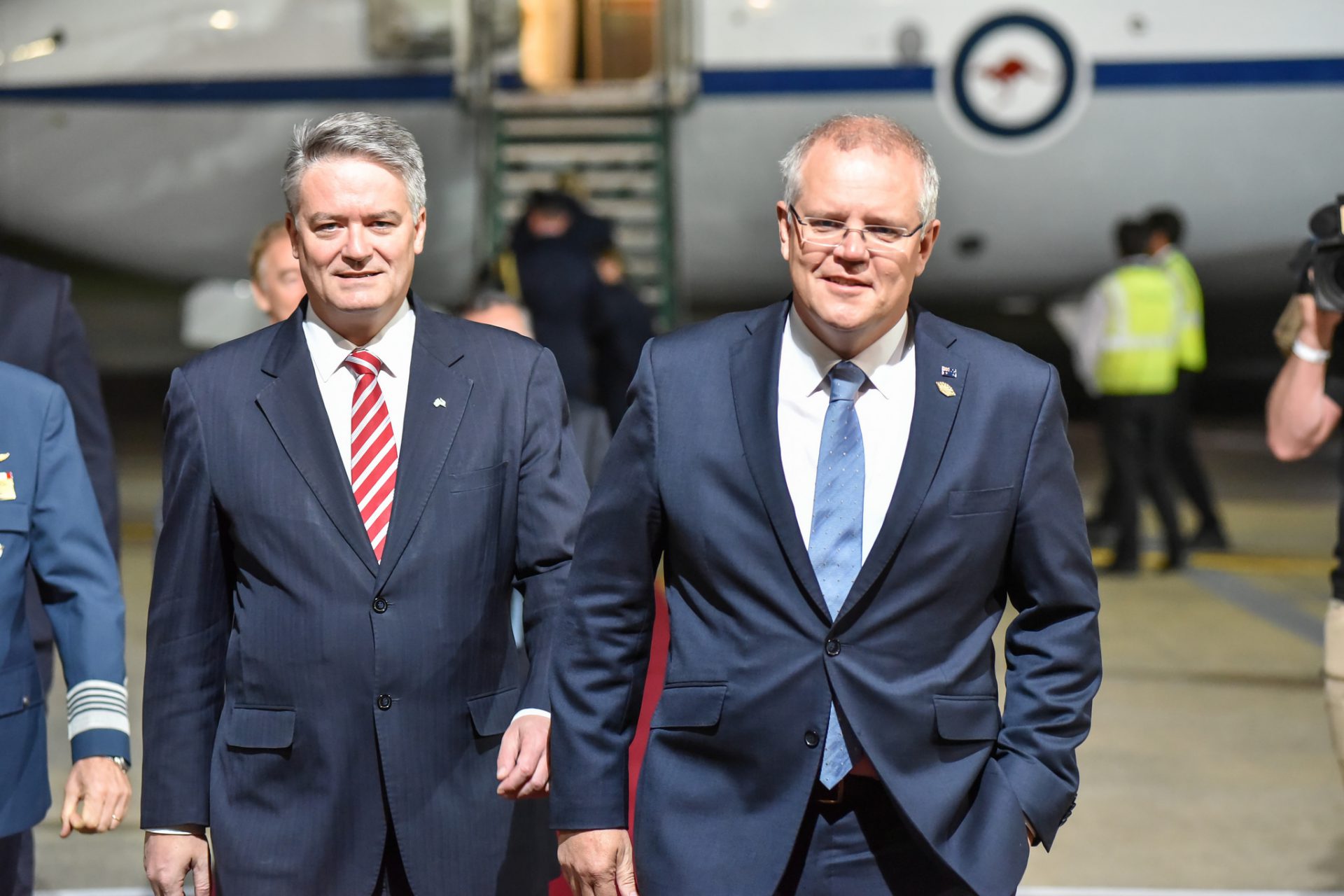Home » 2019 forecast: the Australian federal election
2019 forecast: the Australian federal election

The Australian federal election is expected to be held sometime in May and, if current projections are correct, the governing Liberal/National conservative coalition led by Prime Minister Scott Morrison will be voted out of office in a landslide.
The victory of the centre-left opposition Labor Party will make Bill Shorten the seventh individual to hold the prime minister’s office since 2007. After changing leaders twice during its last stint in office, Labor has introduced new party rules that should ensure Shorten finishes a full term, ushering in a three-year period of relative stability.
A change in government may mean some alterations to Australia’s foreign policy, including more aggressive carbon emissions reduction targets, increasing aid and development funding, agreeing to an offer from New Zealand to house refugees from offshore detention facilities, and backtracking on recognising West Jerusalem as the capital of Israel. But passing these policies will be hard fights in an economy still reliant on fossil fuels and for a country that has become synonymous with strict border control measures.
Perhaps of greatest signficance, Canberra may also begin to adopt a more critical stance against the Trump administration; Shorten has described President Trump as “barking mad” and said he is opposed to many of his policies. In contrast to this divergence with Washington, Sino-Australian relations — which have deteriorated sharply in recent years — may enjoy a recovery under the traditionally more pro-China Labor.
Euan serves as an editor and analyst on Australian foreign policy, the Asia-Pacific region and international institutions. He specialises in analysing Australia’s political, security, diplomatic and developmental place in the Asia-Pacific region.

